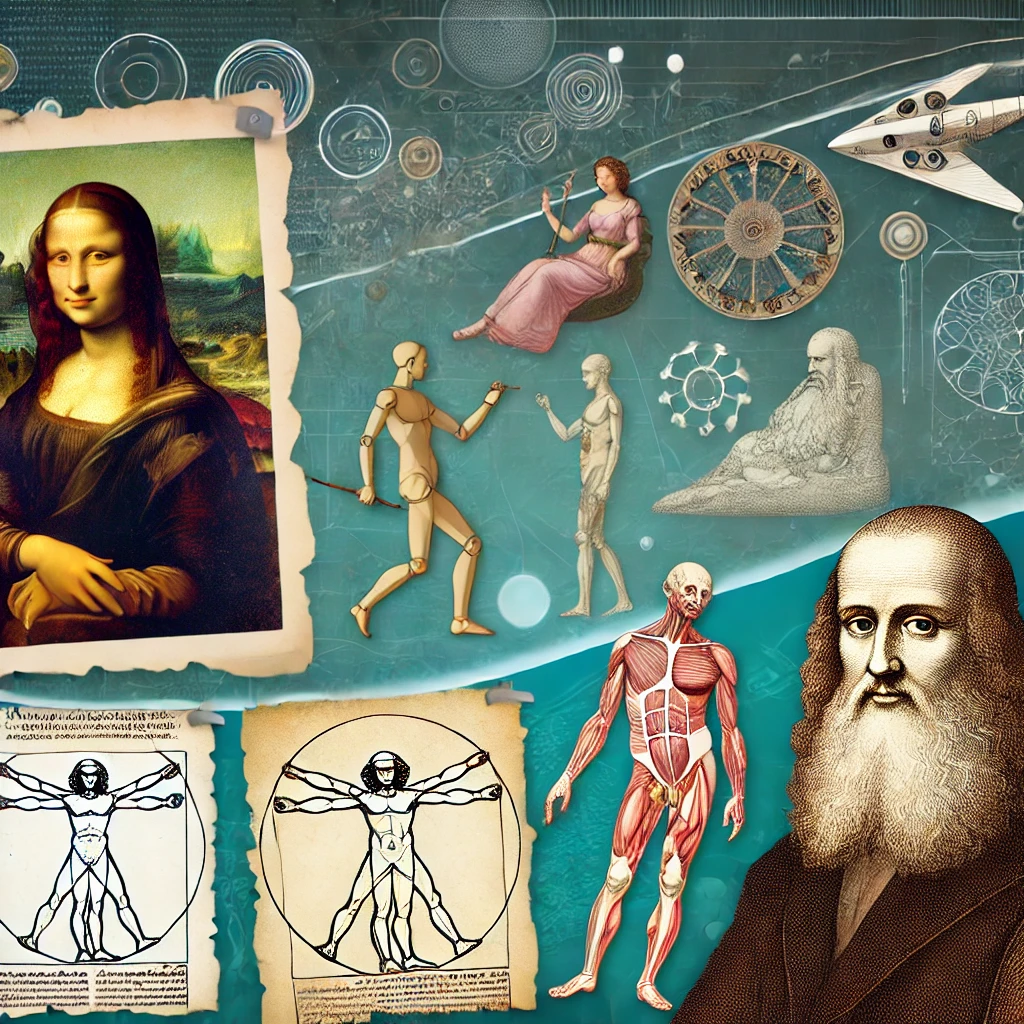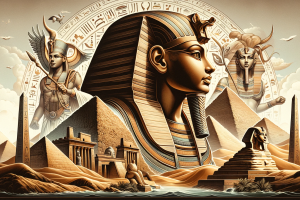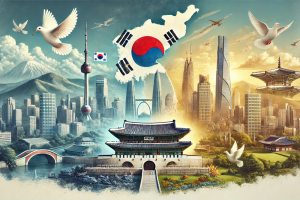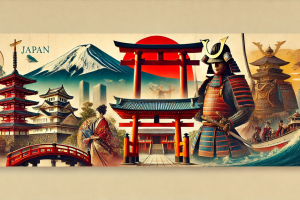The Multifaceted Genius of Leonardo da Vinci: An In-Depth Exploration of His Life, Art, and Legacy
Leonardo da Vinci is celebrated as one of the most talented and versatile figures in history. His genius spanned various fields, including art, science, and engineering. In this comprehensive guide, we will delve into Leonardo da Vinci’s biography, his incredible inventions, timeless paintings, and enduring legacy. Understanding the different facets of his life and work provides valuable insights into why he remains an influential figure to this day.
Biography and Life of Leonardo da Vinci
Early Life and Education
Leonardo da Vinci was born on April 15, 1452, in the town of Vinci, Italy. His full name, Leonardo di ser Piero da Vinci, reflects his birthplace. He was the illegitimate son of a notary, Piero da Vinci, and a peasant woman named Caterina. Despite his humble beginnings, Leonardo showed an early talent for art and science.
Leonardo’s education was informal. He received basic instruction in reading, writing, and arithmetic, but his artistic skills were honed under the apprenticeship of Andrea del Verrocchio, a renowned Florentine painter and sculptor. During his time with Verrocchio, Leonardo learned various artistic techniques, including painting, sculpture, and mechanical arts.
Leonardo da Vinci’s Career and Major Works
Leonardo’s career spanned various cities in Italy, including Florence, Milan, and Rome. His work in Milan, under the patronage of Ludovico Sforza, the Duke of Milan, marked a significant period of his life. Here, Leonardo created some of his most famous works, including “The Last Supper.”
During his time in Milan, Leonardo also delved into scientific studies. He meticulously recorded his observations in notebooks, which covered topics ranging from anatomy to hydraulics. His curiosity and relentless pursuit of knowledge were evident in every aspect of his work.
Interesting Facts about Leonardo da Vinci’s Life
- Leonardo wrote his notes in mirror writing, from right to left. Some believe this was to keep his ideas secret.
- He was a vegetarian and animal rights advocate.
- Despite his numerous designs for inventions, very few were built during his lifetime.
Artistic Contributions of Leonardo da Vinci
Major Paintings and Artworks
Leonardo da Vinci’s paintings are renowned for their intricate detail, realistic portrayal of human emotion, and innovative techniques. Some of his most famous works include:
- Mona Lisa: Perhaps the most famous painting in the world, the Mona Lisa is known for her enigmatic smile. The painting’s use of sfumato, a technique for blending colors and tones, exemplifies Leonardo’s mastery of light and shadow.
- The Last Supper: This iconic mural, depicting the moment Jesus announces one of his disciples will betray him, showcases Leonardo’s ability to convey complex human emotions and interactions.
- Vitruvian Man: Although not a painting, this drawing represents Leonardo’s deep understanding of human anatomy and proportions, blending art and science seamlessly.
Leonardo da Vinci’s Artistic Style and Techniques
Leonardo’s art is characterized by his innovative use of perspective, anatomy, and light. He was one of the first artists to conduct anatomical studies to improve the accuracy of his depictions of the human body. His use of chiaroscuro (the contrast of light and dark) and sfumato added a lifelike quality to his paintings, making them appear almost three-dimensional.
Inventions and Accomplishments of Leonardo da Vinci
Leonardo da Vinci’s Contributions to Science and Engineering
Leonardo da Vinci’s genius extended beyond art. He was a prolific inventor and engineer, with numerous designs and sketches that were ahead of his time. Some of his notable inventions include:
- Flying Machines: Leonardo’s fascination with flight led him to design several flying machines, including the ornithopter and the aerial screw, which is considered a precursor to the modern helicopter.
- Military Innovations: Leonardo designed various military machines, such as the armored tank and the giant crossbow, showcasing his understanding of mechanics and warfare.
- Hydraulic Machines: His studies of water movement led to inventions like the hydraulic pump and designs for canal systems.
Famous Inventions and Their Impact
Although many of Leonardo’s inventions were never built, his ideas were revolutionary and influenced future technological advancements. His meticulous sketches and notes have provided inspiration for modern engineers and inventors.
Legacy of Leonardo da Vinci
Enduring Legacy and Influence
Leonardo da Vinci’s legacy transcends his time, influencing various fields and inspiring countless individuals. His interdisciplinary approach, combining art, science, and engineering, set a precedent for future innovators. His notebooks, filled with detailed sketches and observations, continue to be studied and admired for their depth and insight.
Why Leonardo da Vinci Remains a Pivotal Figure in History
Leonardo’s ability to bridge the gap between art and science makes him a timeless figure in history. His relentless curiosity and innovative spirit exemplify the Renaissance ideal of the “universal man,” someone who seeks knowledge in all its forms. Leonardo’s work laid the groundwork for many modern scientific and artistic advancements, cementing his place as one of history’s greatest minds.
Leonardo da Vinci was not just an artist or an inventor; he was a true Renaissance man whose work encompassed various disciplines. From his stunning paintings and groundbreaking inventions to his profound influence on future generations, Leonardo da Vinci’s contributions to humanity are immeasurable. His life and work continue to inspire and fascinate people around the world.
For more insights into historical figures and their contributions, visit Regent Studies. To learn more about Leonardo da Vinci’s impact and explore his work further, consider following reputable sources like Biography.com.
Understanding the multifaceted genius of Leonardo da Vinci allows us to appreciate the depth of his contributions and the lasting impact he has had on our world. Whether you are interested in his biography, artistic achievements, or scientific innovations, Leonardo da Vinci’s legacy offers a wealth of knowledge and inspiration.




